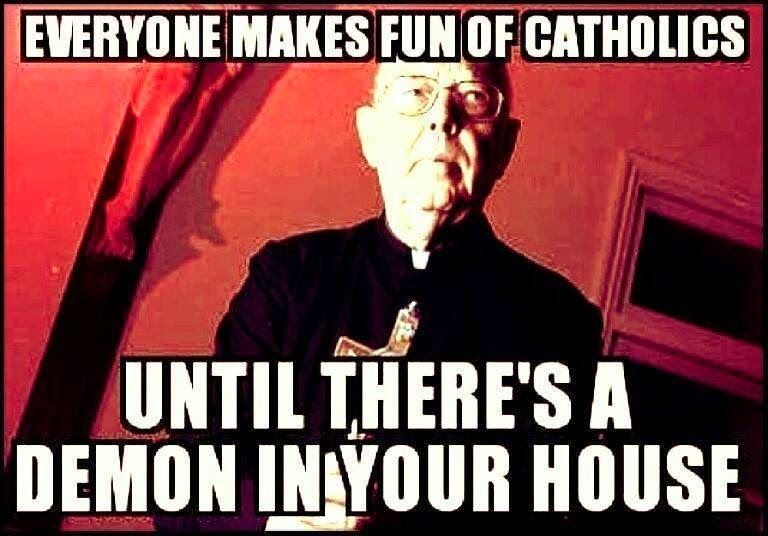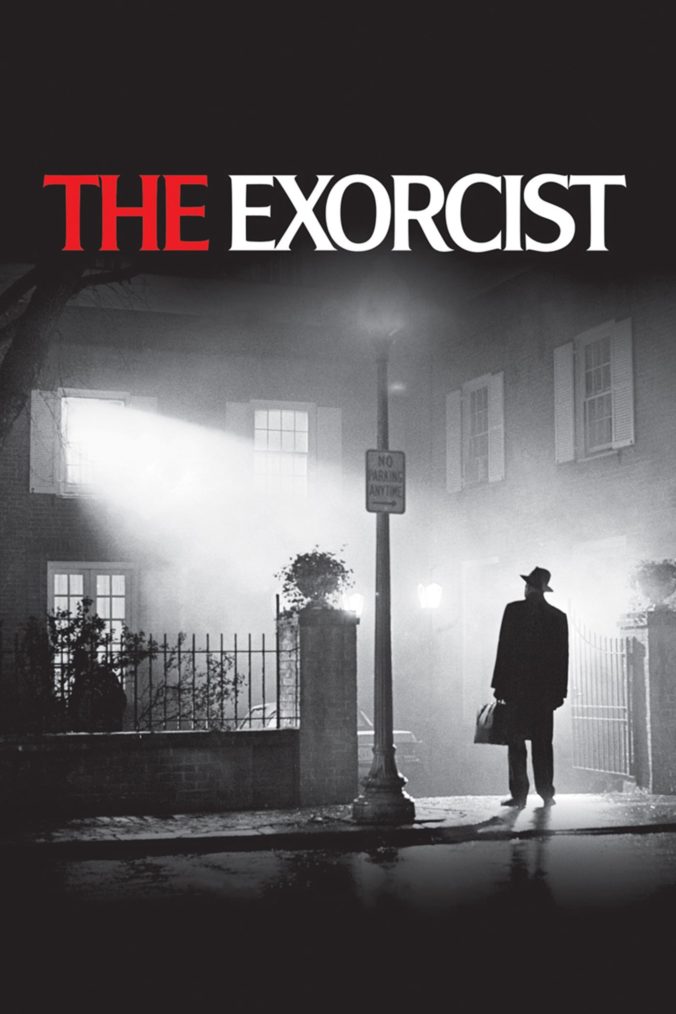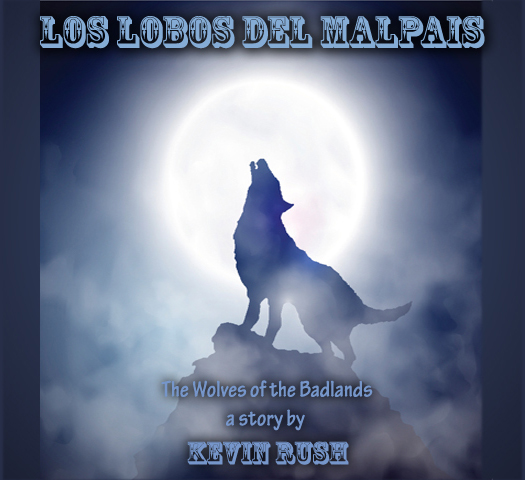Supernatural terror from The Exorcist and Frankenstein. By Kevin Rush.
We’re past the middle of October, so it’s a ghoulishly good time to look at horror films. Not that I’m a big fan of what Halloween has become. What had been a fun kid’s holiday has, in recent decades, metastasized into an off-putting celebration of adult perversity. Hollywood continues to turn out “horror” films, but gone are the good scares, replaced by stomach-churning, slow torture. Evil in all its banality that fails to deliver chills. So, this column is dedicated to those days when horror was entertaining and scary, rather than desensitizing and addictive. That last point is important, because Halloween was originally practiced as a warning against demons prowling the earth for the ruin of souls. Thus, it was good to be scared. Today, the darkness has become too seductive, and that’s not good, as our first film ably demonstrates.
In The Exorcist, a preteen girl starts to experience weird physical and mental phenomena after dabbling with a Ouija board. The unexplainable symptoms escalate quickly to life-threatening levels, forcing her distraught mother to seek out a Catholic priest willing to perform an exorcism. The 1973 film by William Friedkin set a new standard for horror with green projectile vomiting, the bloody and obscene use of a crucifix, and the type of head rotation you don’t see in Yoga class. The film shocked audiences, and might be blamed for Hollywood’s subsequent downward spiral into torture porn, except that it had a great story (allegedly based in reality) of unprepared humanity facing calculated supernatural terror. A well-crafted film, The Exorcist was considered the front-runner for the Best Picture Oscar in the spring of 1974. However, the Academy went with a safer choice, The Sting, in what was considered a stunning upset. To date, no horror film has ever won Best Picture, despite what The Hollywood Reporter says about The Silence of the Lambs being a horror film. (It’s not!) But if you’ve seen the movie, and you know what Fr. Damien’s mother is currently up to, should you read the book?

Before making its way to the silver screen, The Exorcist had been a cultural phenomenon, a runaway bestseller, topping The New York Times Bestseller List for 12 weeks from July 25 to October 10. William Peter Blatty’s graphic novel (and by that I mean luridly detailed, not illustrated), inspired by a true incident from 1947, breathed supernatural urgency back into a flaccid post-Vatican II Catholic Church, which had thrown out the Redeeming baby with the medieval bathwater and was on the verge of becoming The Rotary Club with wafers. Having thoroughly researched Satanism and demonic possession, Blatty pulled no punches in depicting the malicious evil of mankind’s original and most deadly adversary. Suddenly, Satan was real again, prowling the world to devour human souls, and the obsolete rites of the Holy Catholic Church ministered by the thinning ranks of aged, hyper-orthodox priests were our last line of defense.


But, beyond having met its moment in time, is The Exorcist a literary work of lasting impact? Maybe not, but it’s a taut thriller combining supernatural creepiness with the step-by-step deduction of a police procedural. The narrative of the book delves more deeply into the practices of Satanism and the metaphysics of possession, as well as the interior life of the characters, especially the conflicted modernist priest, Fr. Damien, who reluctantly accepts the possibility of actual demonic possession. One criticism of the film was that the special effects were over-the-top, eliciting reactions that took the audience, at least momentarily, out of the story. That’s not a problem in the novel, since you’re never distracted by a plastic mold of Linda Blair’s head or wondering if that shade of green is even possible. The book’s characterizations are ample, even with the secondary characters, and the plot twists are plentiful. This is a very absorbing, fast-paced novel that rushes to a very satisfying conclusion. So, yes, there’s much to be gained by going beyond the film and cracking open the book.
Frankenstein — The undisputed King of the Movie Monsters (not you, Godzilla), Henry Frankenstein’s creation looms large over the pantheon of horror. Since Boris Karloff’s iconic performance in 1931, Mary Shelley’s tale of horror has been shot countless times for film and television. But does our concept of Frankenstein, two centuries after the novel’s publication, comport with the creature and the story as Mary Shelley first revealed it? Well, if it did, there’d be no point to reading the book, would there?

In the novel, written in 1818, there is no medieval castle retrofitted with a laboratory. Likewise, no chains hoisting a surgical table upward into the thundering sky so lightning can re-animate a gruesome cadaver stitched together from motley parts of recently deceased corpses. There’s no hunchback assistant, no Fritz or Igor, or even Eyegore, no graverobbing, no Abby Normal brain. Here, good Victor Frankenstein, relying on alchemy, crafts his monster in his college dorm room using “chemical materials” and “chemical instruments.”
But, you ask, did the movies get the look of the Monster right? That’s hard to say. Ms. Shelley provides little of the physical description of her monster other than “huge and hideous.” But he is not slow and lumbering, like Karloff. He moves swiftly and with agility. In fact, he can keep pace with Frankenstein as he tours Europe by carriage and sail. (It’s not clear how he’d fare in the Age of Steam.) And apparently, though huge and hideous, the Monster can traverse Europe largely undetected by townsfolk, while keeping close tabs on his creator, who the monster has demanded must make him suitable bride, so he doesn’t have to live in torturous isolation.
We know this because the Monster speaks. And not in grunts or monosyllables. Shelley’s monster is as eloquent as any Knight Royale in Mad King George’s Court. How he learned to speak is part of a narrative which relies heavily on willful suspension of disbelief, as do many plot twists which depend on ludicrous coincidences, against which happening the odds are astronomical! If you liked that last rhetorical flourish, you’ll enjoy the high-toned narrative seeped in the melodrama of the Romantic Age. Shelley’s narration is full of breast-beating and weeping, not to mention characters collapsing with hysterical fevers that incapacitate them for months on end. Who knew men in the Age of Byron were so delicate? Shelley sets the melodra-meter at a constant 10, occasionally turning it up to 11.

But is it readable, you beg me answer? I have to say it took me a while to get into, because the main story was slow to open, and the artificiality of the dialogue was a bit overwhelming. But eventually, the sheer force of the narrative wore me down and I got swept up in the story, accelerating my reading to the finish.
I can recommend reading Frankenstein for several reasons. First, it’s good to know where things come from. Frankenstein is an enduring legend, so it’s fun and helpful to understand the form of its origin. It’s also good to remember, in this age of stale remakes, that original works can be improved upon. Probably what saved the book from obscurity in the first decades of its publication where numerous stage adaptations that etched the story into the public consciousness. Elements added by outsiders, particularly the screenwriter, set designer and makeup artist of the classic 1931 Universal film, may not have been faithful, but they had an astonishing impact. In later decades, various film and TV treatments have repeatedly brought something new to the legend’s basic framework. Thus for hundreds of years, Frankenstein has remained a seminal tale for sparking human imagination. Finally, it’s good practice every so often to read elevated language, just to stretch our comprehension and vocabulary, and to appreciate how stylized language adds to the escapist value of a story.








Recent Comments